2015.04.09 Virtual Painting 203
2015.04.09 Virtual Painting 205
2015.04.09 Virtual Painting 207
2015.04.09 Virtual Painting 208
2015.04.09 Virtual Painting 209
2015.04.09 Virtual Painting 210
2015.04.09 Virtual Painting 211
2015.04.09 Virtual Painting 212
2015.04.09 Virtual Painting 213
2015.04.09 Virtual Painting 217
2015.04.09 Virtual Painting 219
2015.04.09 Virtual Painting 221
2015.04.09 Virtual Painting 222
2015.04.09 Virtual Painting 224
2015.04.09 Virtual Painting 226
2015.05.16 ASouq 000
2015.05.16 ASouq 001
2015.05.16 ASouq 002
2015.05.16 ASouq Neighborhoods
2015.05.17 ASouq 003
2015.05.17 ASouq 004
2015.05.17 ASouq 005
2015.05.17
dossier: bricolage
The archeological mask of Piranesi's Campo Marzio fools no one: this is an experimental design and the city, therefore, remains an unknown. Nor is the act of designing capable of defining new constants of order. This colossal piece of bricolage conveys nothing but a self-evident truth: irrational and rational are no longer to be mutually exclusive. Piranesi did not pocess the means for translating the dynamic interrelationships of this contradiction into form. He had, therefore, to limit himself to enunciating emphatically that the great new problem was that of the equilibrium of opposites, which in the city find its appointed place: failure to resolve this problem would mean the destruction of the very concept of architecture.
Essentially it is the struggle between architecture and the city, between the demand for order and the will to formlessness, that assumes epic tone in Piranesi's Campo Marzio. Here the "Enlightenment dialectic" on architecture reached an unsurpassed height; but at the same time it reached an ideal tension so violent that it could not be understood as such by Piranesi's contemporaries. Piranesi's excess--as otherwise the excesses of libertine literature of the era of the philosophes--becomes, just through its excessiveness, the revalation of a truth. But the developments of Enlightenment architecture and city planning were quickly to hide that truth.
Architecture and Utopia, p. 15-16.
Piranesi also borrowed the devices of Baroque scenographers, heightening the impact of his fantastical compositions of Rome by twisting and turning their viewpoints, creating a confused montage of fragments and spaces, of exaggerated proportions and depth. If Greek architecture was the epitome of purity and restraint, then Roman architecture, so Piranesi surmised, had been erected by plunderers and despoilers, and its compositional forms were not only eroded by time but compromised by choice. Roman ruins were exceptions to the ideals of purity, existing beyond any order that classicists might impose. Their mysterious allure resided instead within irrational and archaic realms. So Piranesi, a bricoleur in search of new orders and new inventions, turned away from those who poked around for the origins of architecture among its ornaments and stones and reached beyond the contemporary zeal for restoration. He moved instead into an arbitrary, utopian, and entirely imaginary sphere of subjective experience. Fantasy holds an essential role in any "analogous city" view, for fantasy is the mediator between an archeologist's mind bent on exploring roots and remnants of antiquity and a creative imagination that quotes and remembers only arbitrary and unrelated fragments and traces. Through incongruous recombinations and imaginary superimpositions, Piranesi diverted architectural symbols from their original meaning. He played an enigmatic game of architectural writing in which reality and the imaginary are confused.
M. Christian Boyer, The City of Collective Memory : its historical imagry and architectural entertainments (Cambridge, MA: The MIT Press, 1994).
Perhaps Philadelphia's vast housing stock has always been quotidian bricolage.
bricolage: something made or put together using whatever materials happen to be available
quotidian: everyday; commonplace --2005.05.23
I don't think Philadelphia has any kind of monopoly on quotidian bricolage housing, but it might just have the longest running tradition of quotidian bricolage housing in the USA. --2005.05.24
...been reading Duboy's Lequeu again to pick up on the bricolage. ...today wrote about Piranesi and Miers Fisher (a Quaker lawyer).
The Quaestio Abstrusa backgrounds should become a renewed inspiration. ...start combining past drawings as well as past models. --2007.06.25
A tragic bricolage made unsuccessful by its comic ad hoc palette. Therein lies the core of its inconsistency. To anyone with some sophistication in taste, there's no laughter and there are no tears, just a big thud.
Had the tragic bricolage been matched with a tragic ad hoc palette, the result would be akin to the classic TV Addams Family house--"Their house is a museum when people come to see 'em."
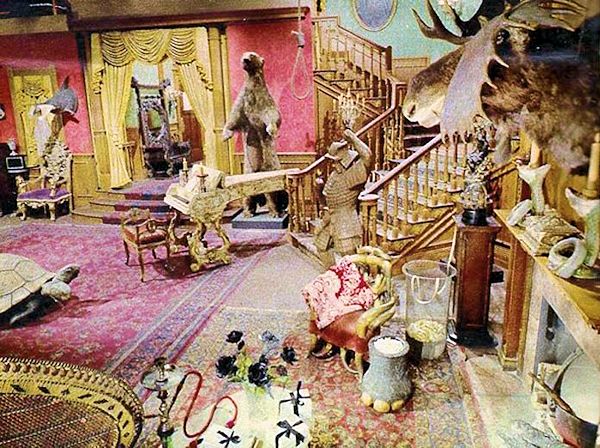
Conversely, a comic bricolage matched with a comic palette would result in something like Pee-Wee's Playhouse.
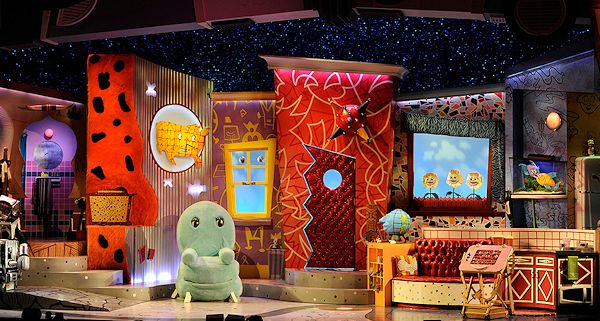
"I know your deeds, that you are neither cold nor hot; I wish that you were cold or hot. So because you are lukewarm, and neither hot nor cold, I will vomit you out of My mouth." --Revelation 3:15-16
You see, it's the mediocrity that is sickening. --2015.02.12
| |
2015.05.28 16:38
Who's work are you currently interested in?
One week ago, after compiling a collection of appositional plans at the same scale in (reverse) chronological order...
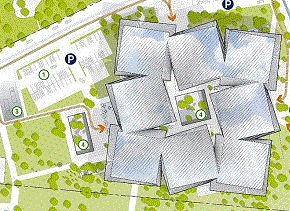
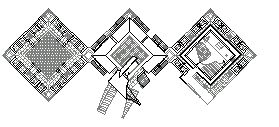
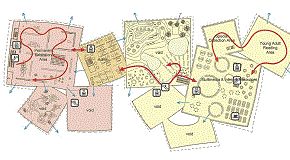
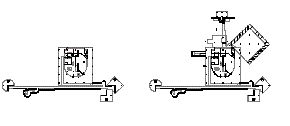
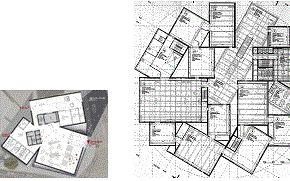
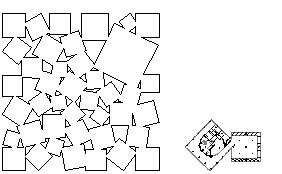
| |
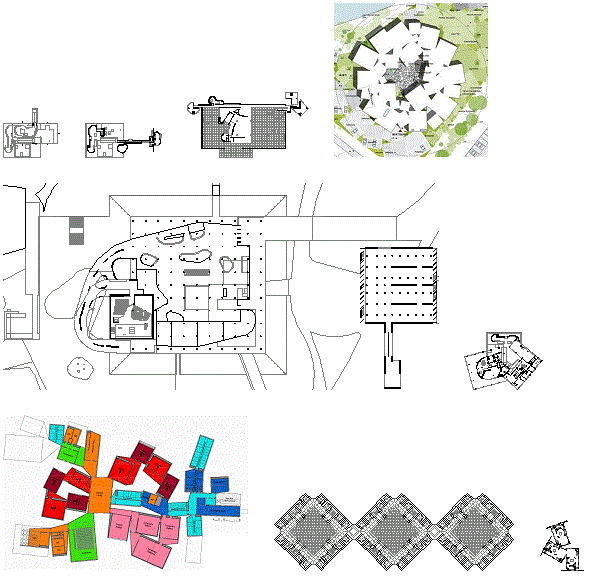
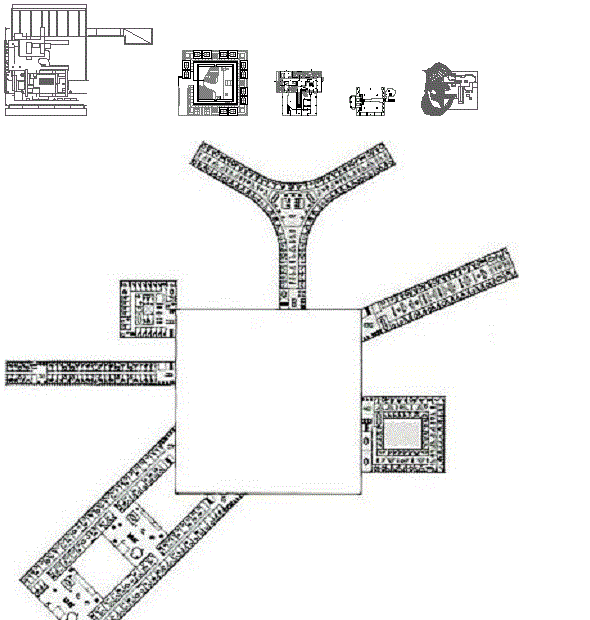
|